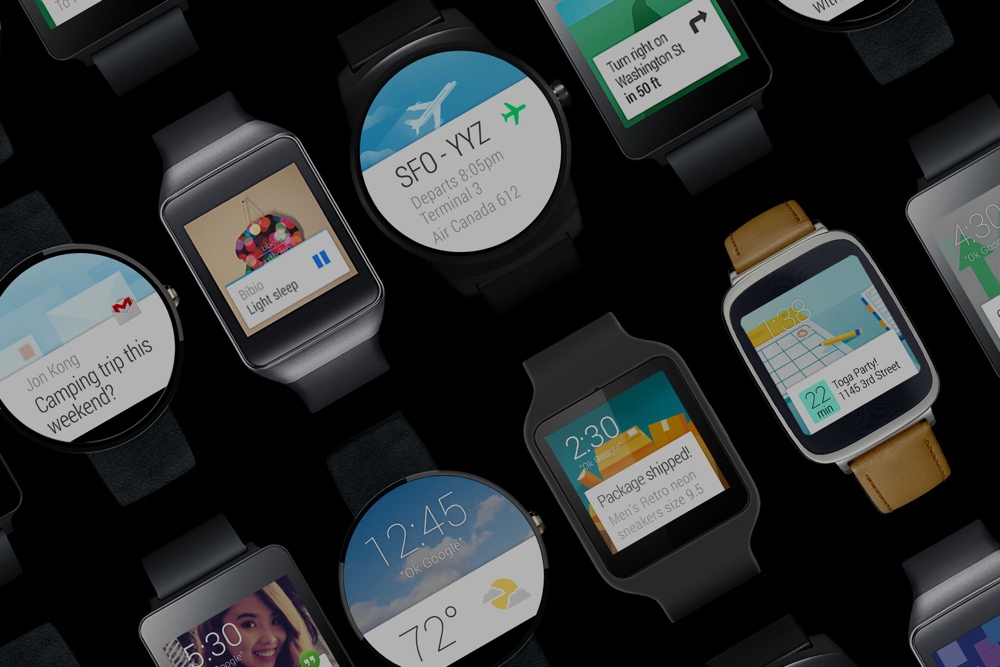
"6 things Android Wear Smartwatches Can Do That The Apple Watch Can't"
Mashable’s got a story up about six things Apple Watch could learn from Android Wear. See if you agree:
- Custom Faces
- Always-on display/apps
- Standalone Wi-Fi functionality (unpaired from iPhone)
- Hand-drawn emoji coversion
- Wrist-gesture controls
- Pattern-based device unlock
While nothing would please me more than to say author Ray Wong is way wrong, he’s actually pretty right on several counts.
Obviously, I’m a huge proponent of aftermarket Faces, and standalone Wi-Fi capability (where the companion iPhone needn’t be on the same network in order for Apple Watch to receive calls and notifications) would be hugely beneficial to users who might forget, misplace, or lose their handsets from time to time. Wrist-based gestural controls, too, should absolutely — if optionally — be a thing, particularly when it comes to third-party apps. Personally, I wouldn’t use these in public, as I’m not prepared to invite all the lewd, crude jokes such an input mechanism almost certainly would. Still, there’s no denying that gesture controls are fundamental to the smartwatch form factor, and their application would make Apple Watch usable in countless new and unique ways.
I’m less sold on Wong’s ideas about always-on apps and a display that reduces itself to nearly nothing so it can burn some battery when it might as well be off and burn even less. The answer to Apple Watch’s less-than-ideal “raise to wake” gesture is for users to be able to customize the motion that serves as the toggle. Current battery tech simply doesn’t support a viable always-on smartwatch (Swatch’s nonsense notwithstanding, as the key word is “viable”). As soon as it does, I’m sure Apple would love for everyone to show off their wearable’s rich, sales-making POLED display. That said, I think I prefer the gadgety coolness of an automated solution, and I’d still rather have the extra battery life than a screen that’s lit up for no practical reason. For me, always-on isn’t the ideal solution, and it’s a resource-intensive workaround for a problem with a much easier one.
In much the same vein, a pattern-based unlock is irrelevant. For smartphones, it might be convenient (in the pre-Touch ID days, anyways), but any lock screen in 2015 is a place-holding hurdle more than it is a proper necessity. Apple watch unlocks automatically once it’s been paired with iPhone and placed on the wrist. For the two or three times per day that I need to physically input a short code to get my Apple Watch working, it hardly matters to me whether I use numbers or connect dots. Both methods are on borrowed time as it is, and pattern unlock feels like little more than a differentiating gimmick. Incidentally, that’s also how I feel about hand-drawn emoji (and, for that matter, Apple Watch’s animated emoji).
Apple could opt to include such trifles as the weaker part of Wong’s list, but most users wouldn’t care. The big three points, though, are awfully compelling, and I think Apple’s got plans to roll out each one in relatively short order.
One final note: Please consider the delightful juxtaposition of Wong’s article with its lead image:
Maybe all those Android Wear manufacturers have some learning to do, too.
